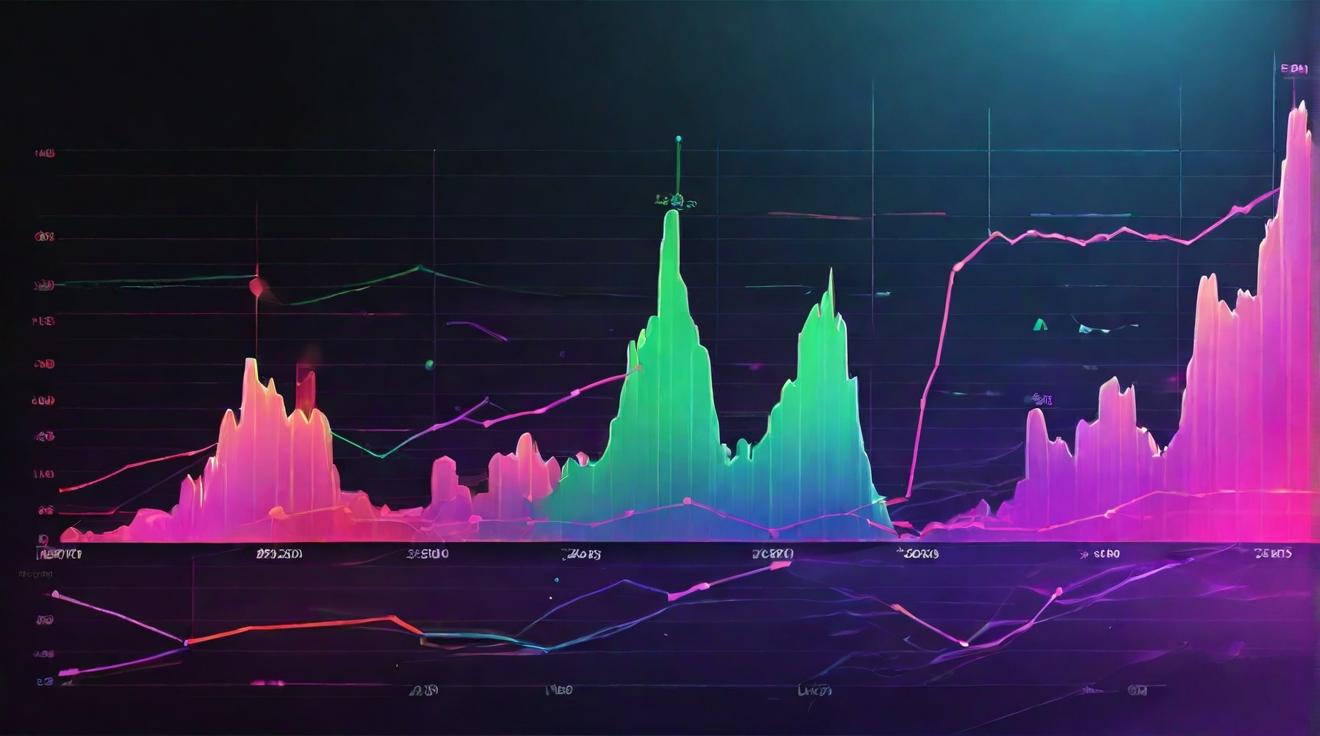Robotic-Assisted Surgery and Surgical Navigation Techniques Not Associated with Increased Risk of Infection in Hip Replacement Patients, Study Finds
For patients undergoing total hip arthroplasty (THA), the use of robotic-assisted surgery and surgical navigation techniques is not associated with an increased risk of periprosthetic joint infection (PJI), suggests a study in The Journal of Bone & Joint Surgery. The journal is published in the Lippincott portfolio by Wolters Kluwer.
Computer navigation and robotic assistance do not alter the risk of PJI after total hip replacement surgery
Computer navigation and robotic assistance are increasingly used during THA. These technologies have shown beneficial effects, including more accurate component positioning and a lower risk of postoperative instability. However, “it remains unknown as to whether use of [CN and RA] leads to an improvement in long-term functional outcomes or implant longevity,” according to the authors.
The use of CN and RA requires the presence of additional equipment and personnel in the operating room, and has been linked to longer operating times. Together, these factors might lead to an increased risk of surgical-site contamination and PJI, a major cause of implant failure after THA.
Study examines the incidence of PJI in patients undergoing THA with or without robotic assistance and surgical navigation
Dr. Carli and colleagues analyzed their hospital’s experience of nearly 13,000 patients undergoing primary THA between 2018 and 2021. During this time, CN was used during THA in 21% of patients and RA in 16%. The remaining 63% of patients underwent conventional THA without CN or RA.
Both technologies were associated with small increases in operative times, compared to conventional THA
Using a technique called propensity-score matching, the researchers identified groups of patients with similar risk factors undergoing THA by conventional methods or with the use of RA (2,003 patients in each group) or CN (2,664 patients in each group). Ninety-day rates of PJI were compared between groups, with adjustment for other factors.
Both technologies were associated with small increases in operative times, compared to conventional THA: two minutes longer with CN and 11 minutes longer with RA. Previous studies have raised concerns that longer surgical times might lead to increased risk of complications.
Incidence of PJI was similar among groups, with or without the use of robotic assistance and surgical navigation
However, in the new study, the incidence of PJI was similar among groups: 0.4% for both CN and RA compared with rates of 0.2% and 0.4% for the respective propensity-matched conventional THA cohorts. In adjusted analyses, there were no significant differences in PJI risk.
“Although computer navigation and robotic assistance are currently used in a minority of THA procedures, the increase in the use of such technology appears to be inevitable in the coming decades,” the researchers write. Their study adds new evidence that, in matched groups of patients with similar characteristics, the risks of PJI are comparable, with or without the use of CN or RA.
Analyst comment
Positive news: Robotic-assisted surgery and surgical navigation techniques are not associated with an increased risk of infection in hip replacement patients. Market impact: The use of computer navigation and robotic assistance is likely to increase in THA procedures as the risks of infection are comparable to conventional methods.













